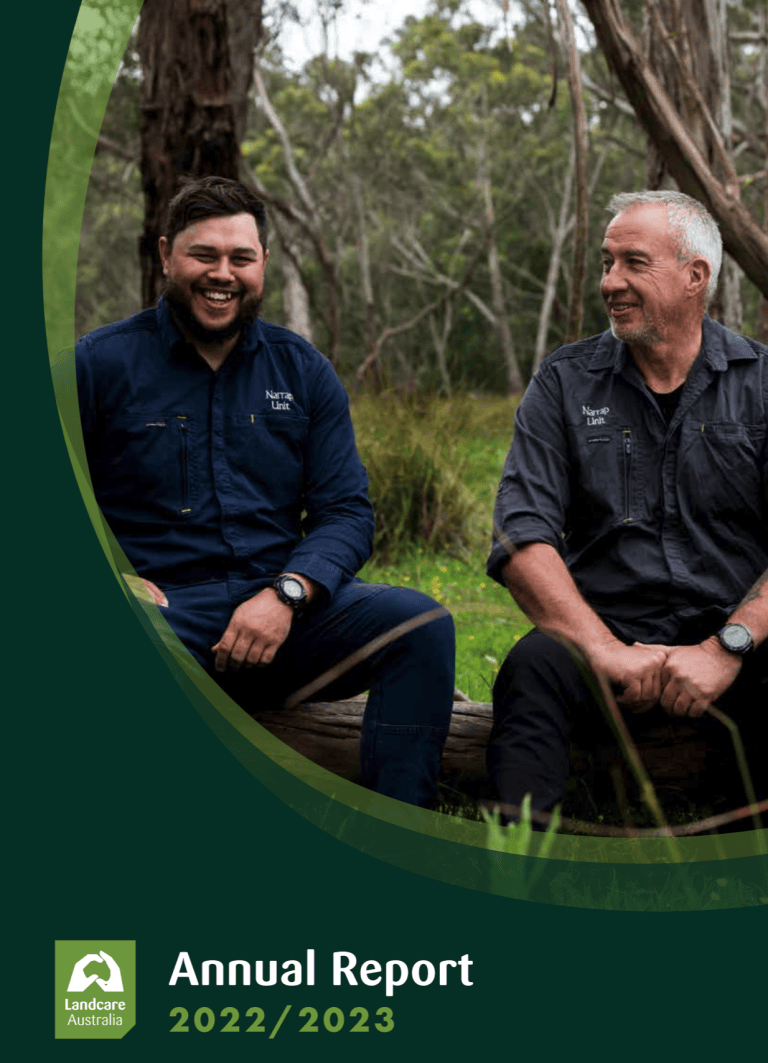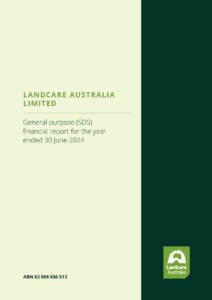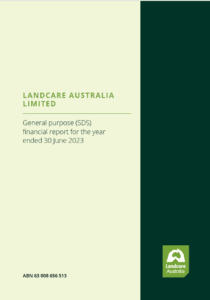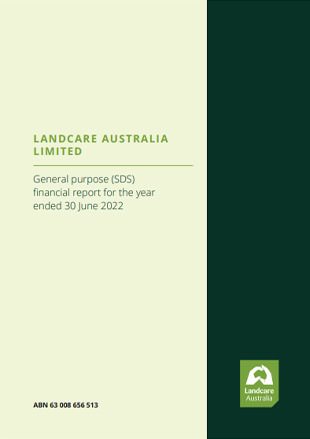Read all about it!
Landcare Australia publishes newsletters and magazines to keep you up to date with news about landcare grants, education resources, case studies, project updates, events, campaigns, partnerships, new programs and much more!
Sharing your landcare story across our communications channels is a great way to spread the word of the impact you are making in your community. We would love to hear what your group has been up to!
Newsletters
Our newsletters feature relevant information for different landcare audiences, you can subscribe to one or all! If you’d like to receive our newsletters direct to your inbox, please enter you details via the subscribe button below.
Landcare in Focus Magazine
Landcare in Focus is a biannual online magazine that features case studies, project information, photos, people profiles and science-based articles submitted by volunteers, groups, and organisations involved in landcare from across Australia.
The magazine content showcases articles about innovation in sustainable land management, revegetation and habitat restoration, protection of waterways, community participation in landcare projects, and excellence in agriculture and environmental stewardship. The magazine profiles the people across Australia who are actively caring for our natural environment.
Landcare in Focus Magazine FAQs
What is the publishing schedule and content deadlines for Landcare in Focus in 2025?
May 2025 – content deadline March 31, 2025
November 2025 – content deadline September 1, 2025
How do I submit content for Landcare in Focus?
The editorial team actively encourages content submission for Landcare in Focus. For more information about the content submission and editorial guidelines please read here.

















